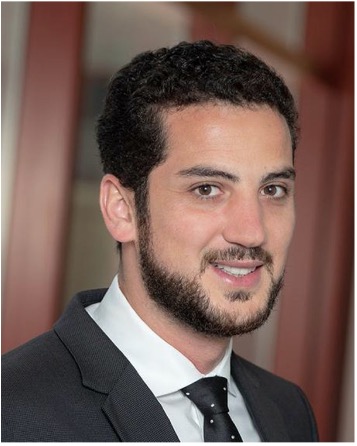“Mapping the Human Brain with High Spatiotemporal Resolution”
Thursday, April 18 at 1:00pm
LAR 234
Add to Calendar
Abstract
Electrophysiological recording and stimulation are the gold standard for interrogating the nervous system for diagnostic and therapeutic purposes. Recording human brain activity with microelectrode arrays enables broadband and high spatiotemporal resolution but are conventionally limited to a small cortical coverage. However, large cortical coverage together with the high spatiotemporal resolution are needed to advance our understanding of diseased and normal brain function to be able to develop effective therapies. This talk will cover the development and clinical translation of UCSD’s multi-thousand channel platinum nanorod surface and depth microelectrode arrays to map human brain activity. We will discuss considerations in the electrode-tissue interface for recording and stimulation and demonstrate mapping of functional units (cortical columns) across species including humans. Examples of large-scale microelectrode mapping of motor, language, and epileptogenic discharges from the human brain will be presented as well as recent progress toward the development of wireless epilepsy monitoring systems.
Biography
Dr. Shadi Dayeh received his B.S. in Physics/Electronics from the Lebanese University in Beirut, Lebanon in 2001, and his PhD in Electrical Engineering from UC San Diego in 2008. He was a Distinguished J. R. Oppenheimer Postdoctoral Fellow at Los Alamos National Laboratory before joining the ECE faculty at UC San Diego in November 2012 where he is now a professor.
Shadi’s expertise is electronic material growth and devices and the utility of material and device advances to probe biological processes from cellular scales to whole intact organs. After joining UCSD in 2012, his research pivoted to translational neurotechnologies.

